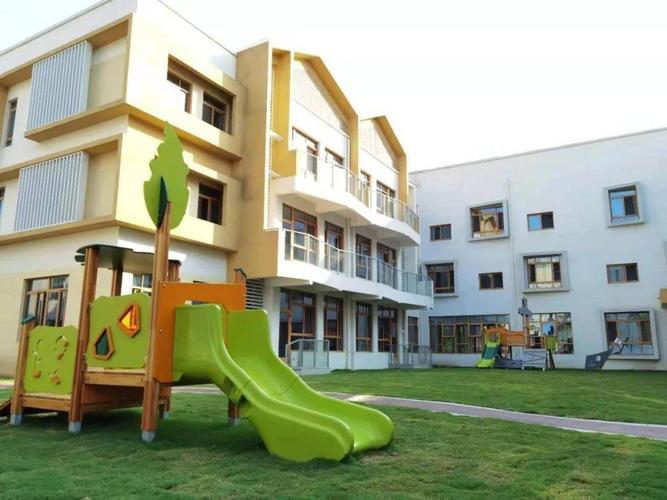英语早教字母歌
In early childhood education, teaching the English alphabet is a foundational aspect of language development. Here's a structured approach to conducting alphabet lessons in the classroom:
1. Establish Learning Objectives:
- Recognize and identify each letter of the alphabet.
- Associate each letter with its corresponding sound.
- Understand the concept of uppercase and lowercase letters.
- Practice writing each letter.
2. Engage through Activities:
- Letter Recognition Games: Use flashcards, alphabet puzzles, or interactive online games to help children recognize and name each letter.
- LetterSound Association: Introduce phonics through songs, rhymes, and storytelling. Focus on the sound each letter makes in different words.
- Handson Activities: Provide materials for children to explore letters through sensory experiences, such as using playdough to shape letters or tracing letters in sand.
3. Use Visual Aids:
- Alphabet Charts: Display colorful charts illustrating each letter along with corresponding images (e.g., A for Apple, B for Ball).
- Letter Posters: Hang posters around the classroom featuring one letter per poster, showcasing both uppercase and lowercase forms.
4. Incorporate Technology:
- Interactive Apps: Utilize educational apps and websites that offer engaging activities to reinforce letter recognition and phonics skills.
- Smartboard Activities: Use interactive whiteboards to play letter games, trace letters, and practice phonics.
5. Foster Language Development:
- Group Discussions: Encourage conversations about words starting with specific letters or objects that represent each letter.
- Storytime: Read alphabet books and stories aloud, emphasizing the sounds of each letter in different words.
6. Provide Reinforcement and Practice:
- Letter Centers: Set up rotating stations where children can engage in handson activities related to letter recognition, such as sorting magnetic letters or playing letter matching games.
- Letter of the Day: Highlight one letter each day and incorporate it into various activities throughout the day.
7. Assess Progress:
- Observation: Observe children during activities to assess their ability to recognize letters, associate sounds, and write letters independently.
- Informal Assessments: Use quizzes, games, or worksheets to gauge understanding and identify areas for further reinforcement.

By following these strategies, early childhood educators can create a stimulating learning environment where children can develop a strong foundation in English alphabet skills, laying the groundwork for future literacy success.












评论